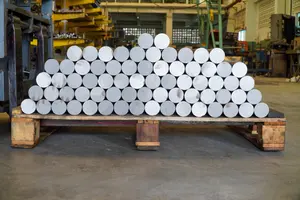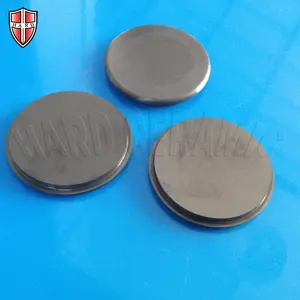
Alloy Mold Steel Plate Sheet Metal LD+Ni Material Fabrication Manufacturers Knife Forged MO V Ni Cutting


Silicon Nitride Ceramic Plate High Wear Resistant Silicon Nitride/si3n4 Ceramic Wafer/discs/round Plate





















Boron nitride plates are a class of advanced ceramic materials prized for their impressive thermal and chemical stability. These plates are synthesized from boron nitride (BN), a compound with a structure similar to graphite, which allows for unique properties such as high thermal conductivity and electrical insulation. This introduction delves into the various aspects of boron nitride plates, exploring their types, applications, and intrinsic features.
There are several types of boron nitride ceramics, each tailored for specific applications. The hexagonal form is commonly used in the creation of boron nitride plates, which are employed in a diverse range of industries. From electronics, where they serve as heat sinks, to the aerospace sector, where their low weight and high-temperature resistance are invaluable, the applications are extensive. Additionally, these plates are utilized in the creation of evaporation boats and nozzles for molten metals due to their non-wetting properties.
The material composition of boron nitride plates includes a bonded network of boron and nitrogen atoms, which confers a set of remarkable features. These plates are known for their thermal shock resistance and can maintain integrity under rapid temperature changes. The thermal management capabilities of these ceramics make them suitable for high-temperature environments, while their electrical insulation properties are essential in electronic components. Moreover, boron nitride plates exhibit low dielectric constant and loss tangent, making them ideal for microwave and RF applications.
The advantages of using boron nitride plates are manifold. Their exceptional thermal stability allows for operation in environments where other materials would fail. The chemical inertness of boron nitride ensures that the plates do not react with most molten metals, acids, and alkalis, which is crucial for applications in chemical processing. Furthermore, the lubricating properties of hexagonal boron nitride reduce wear and tear in mechanical applications, extending the lifespan of both the boron nitride plates and the machinery they are part of.
When selecting a boron nitride plate for a specific application, it is important to consider the purity level and the specific grade of boron nitride used. Different grades offer varying levels of thermal conductivity and mechanical strength, which can significantly impact performance in specific applications. It is also essential to consider the dimensions and tolerances required for the plates, as these can affect both performance and compatibility with existing systems.
In summary, boron nitride plates are a versatile and reliable solution for high-performance applications across various industries. Their unique combination of thermal stability, electrical insulation, and chemical resistance makes them a material of choice for challenging environments. While Alibaba.com facilitates the connection between buyers and a multitude of suppliers, it is advisable for buyers to engage with suppliers to ensure that the specific requirements for their applications are met.